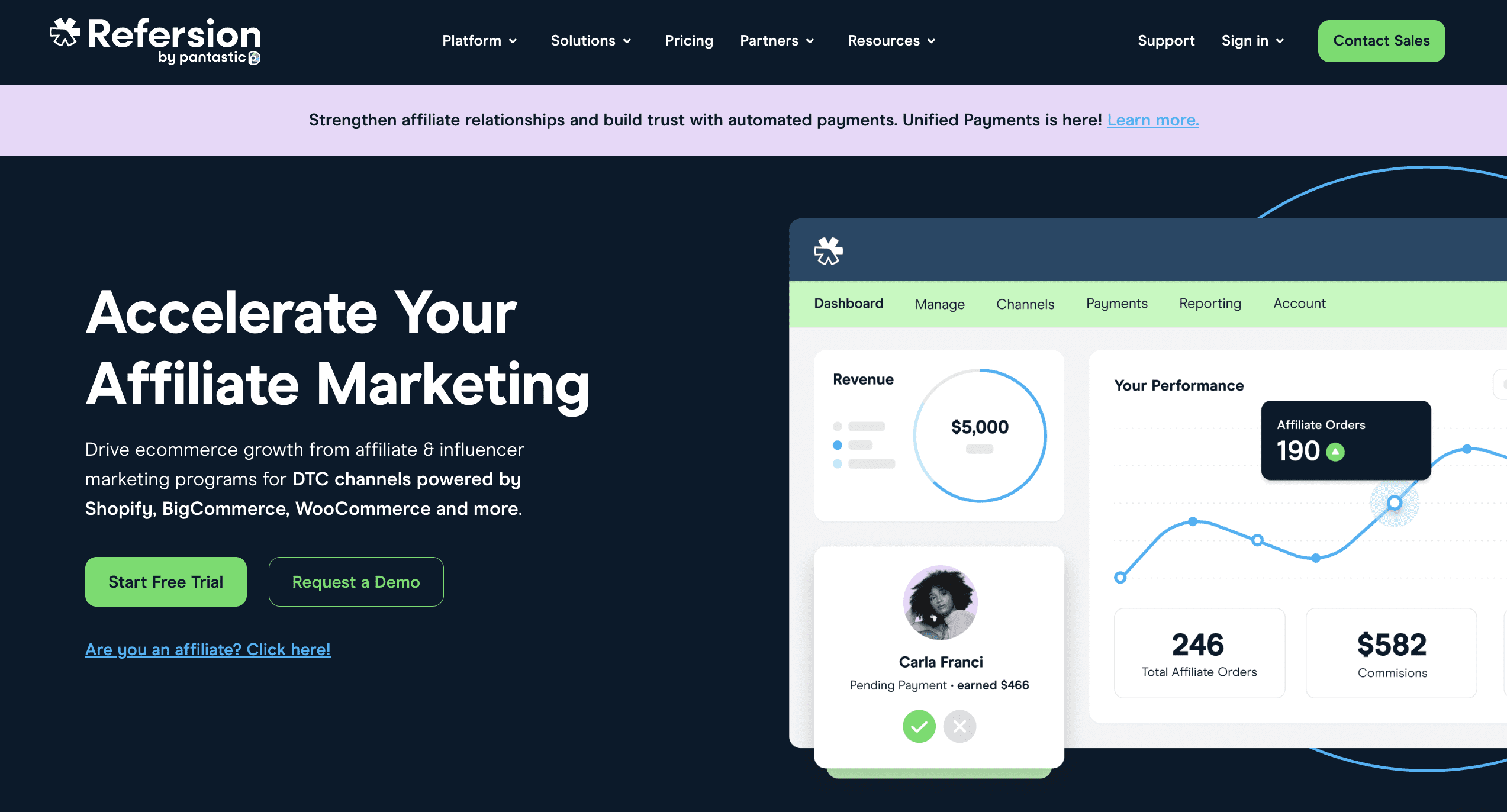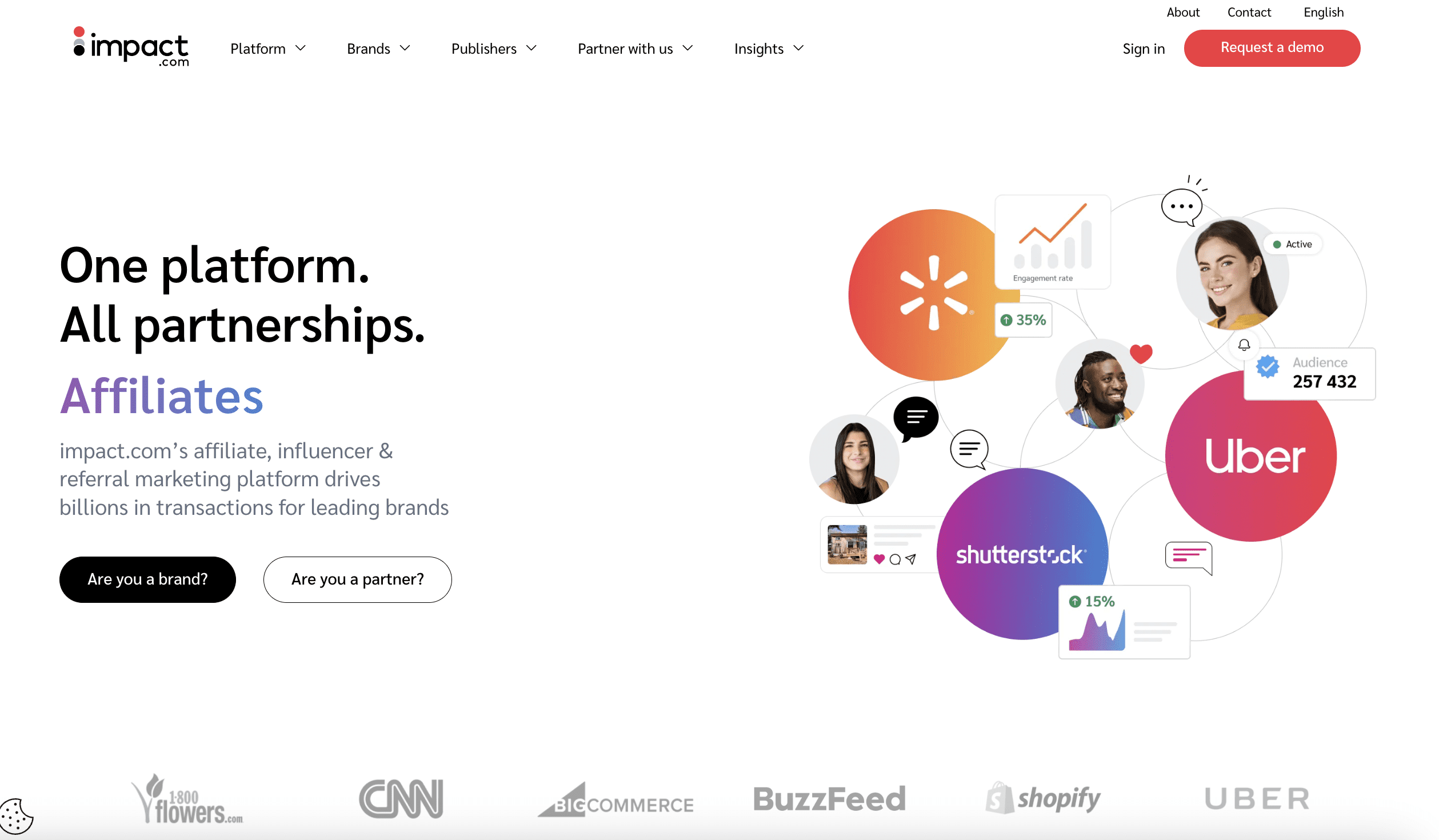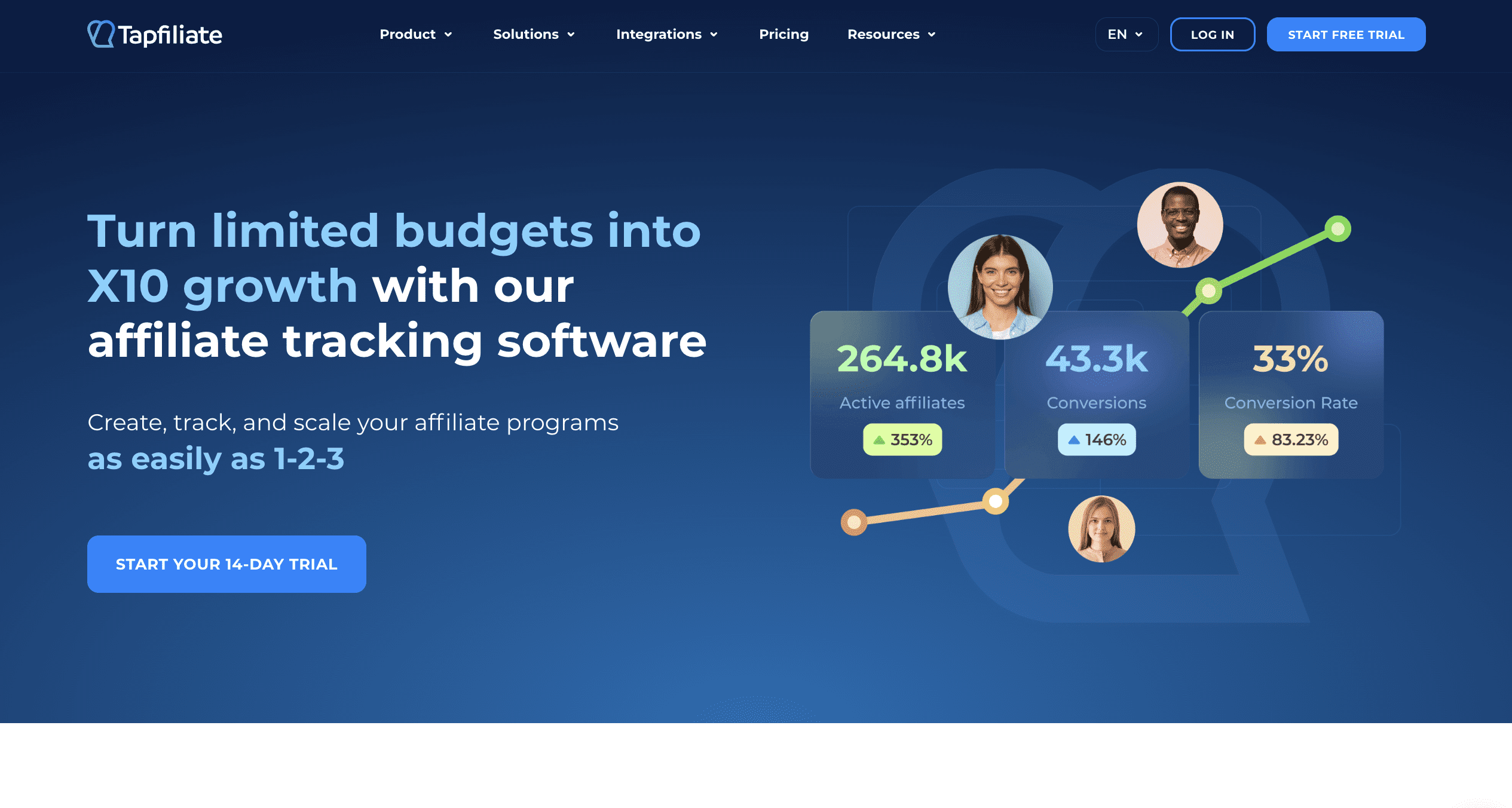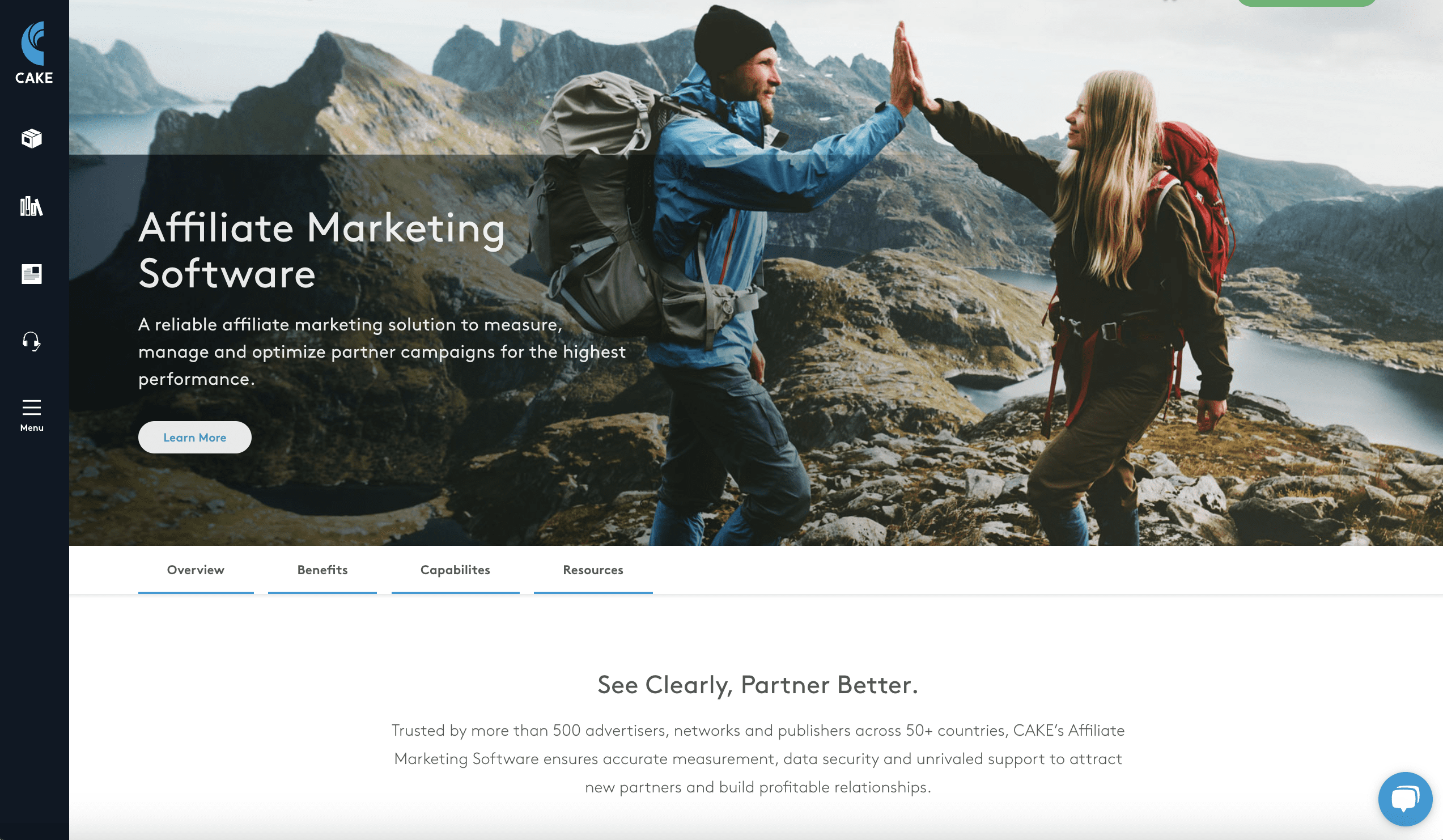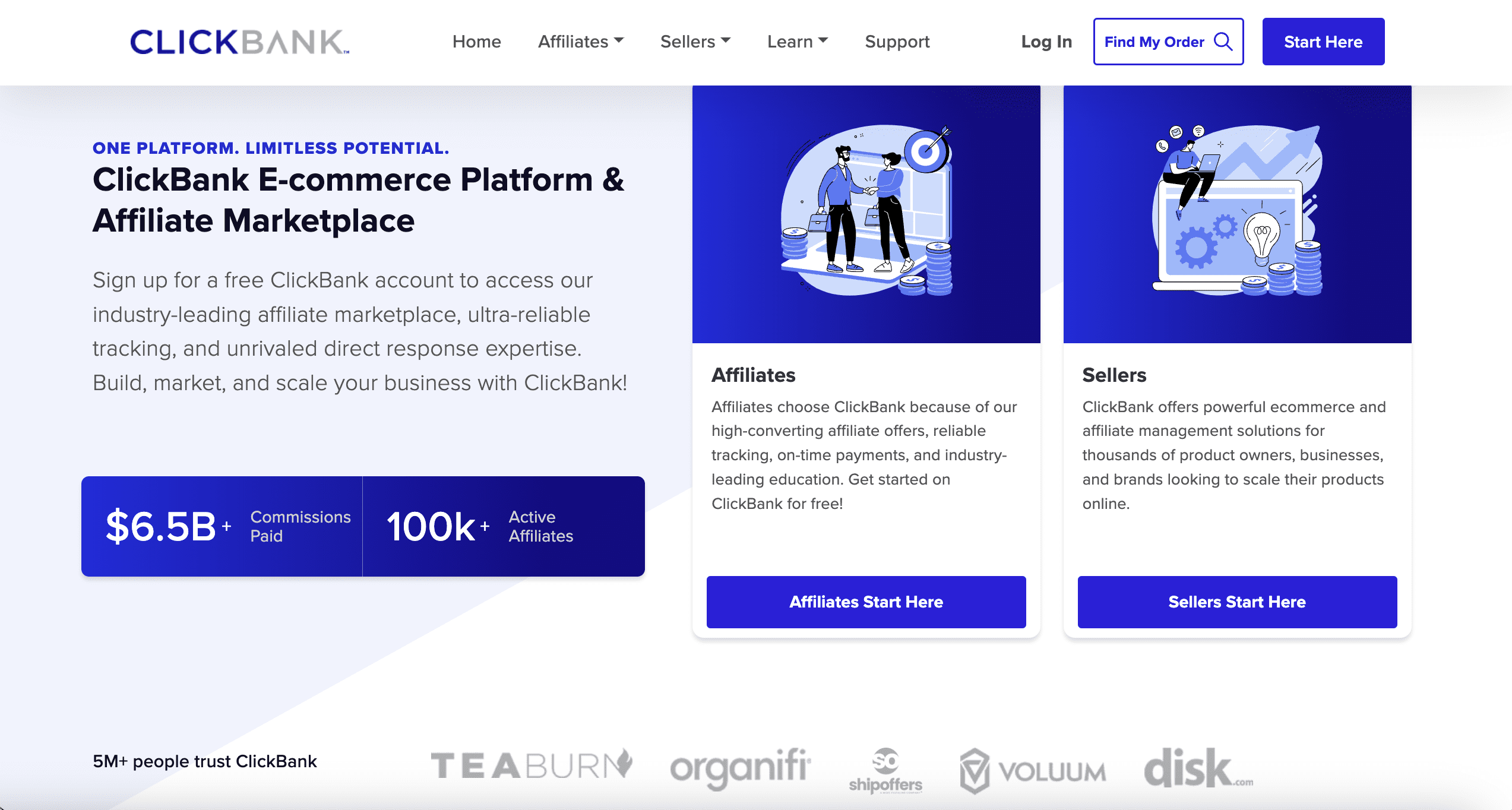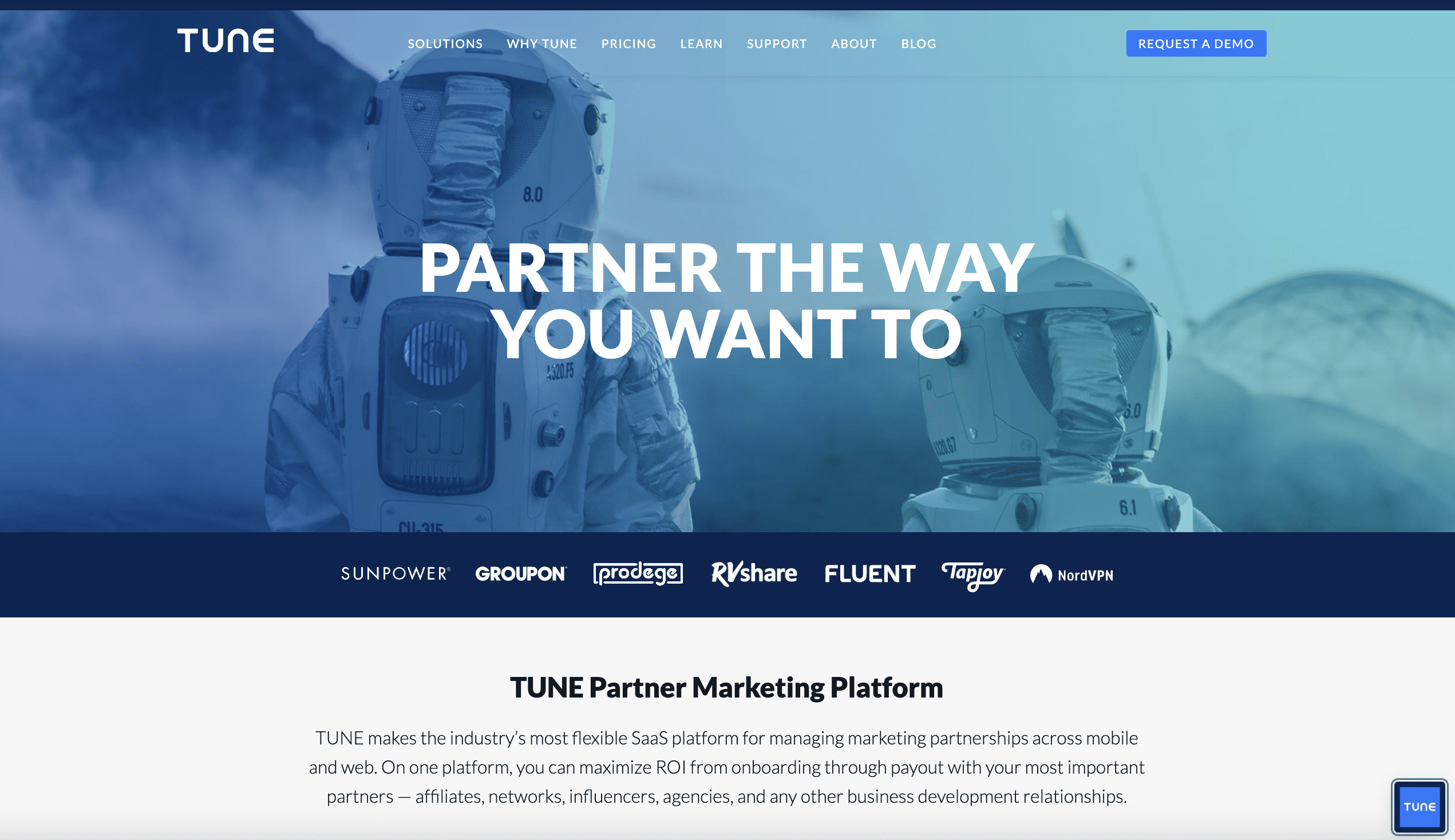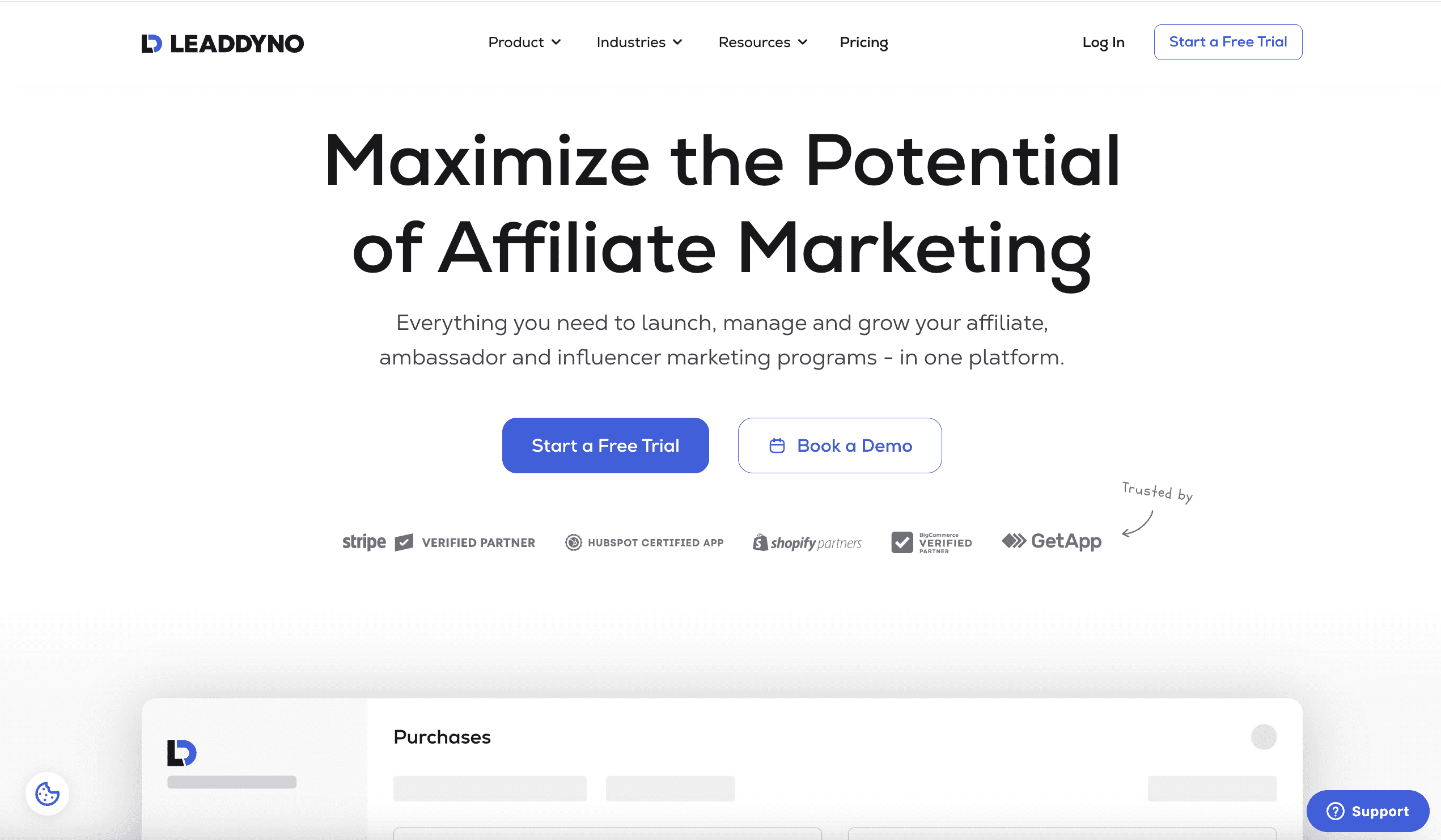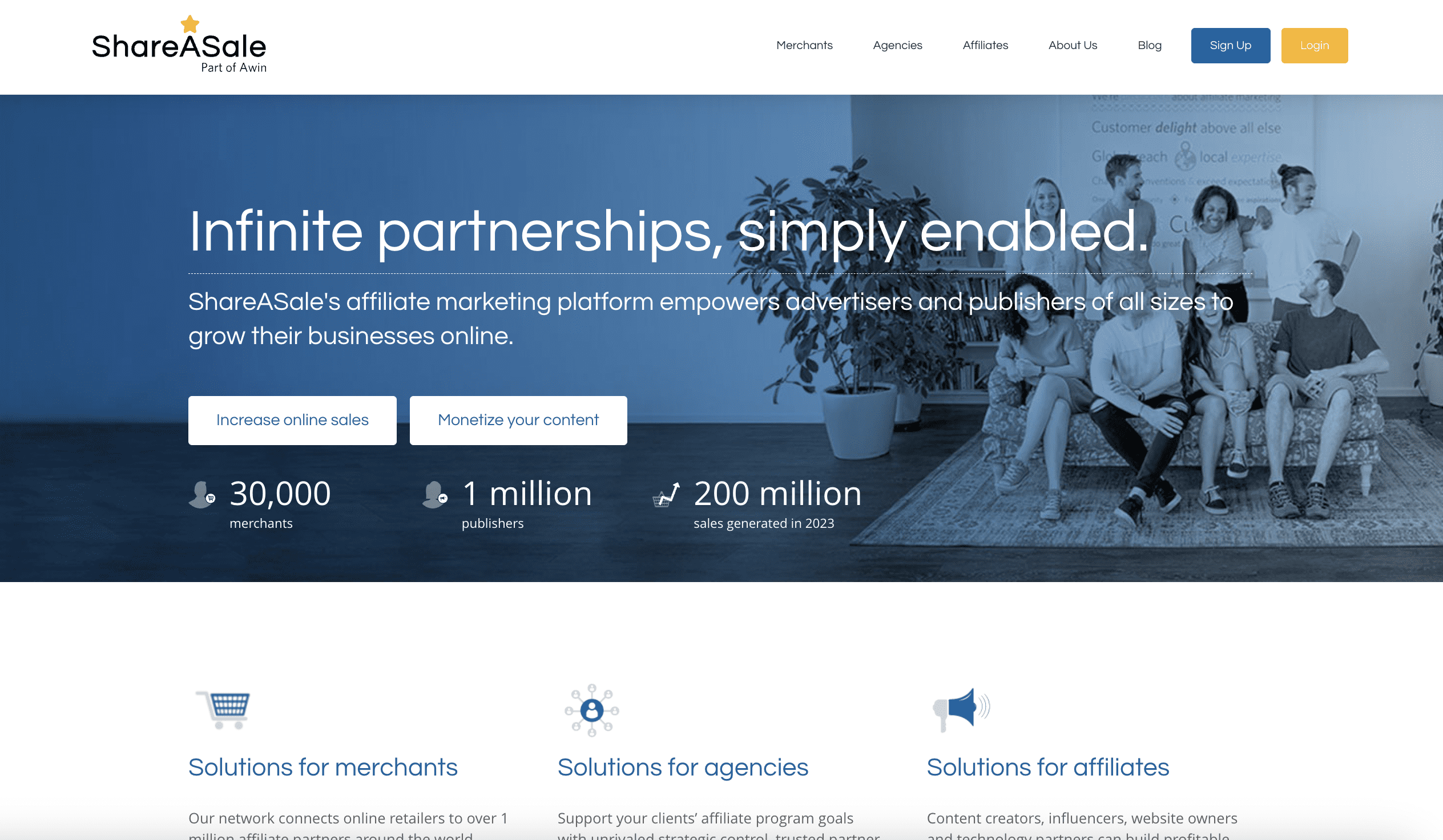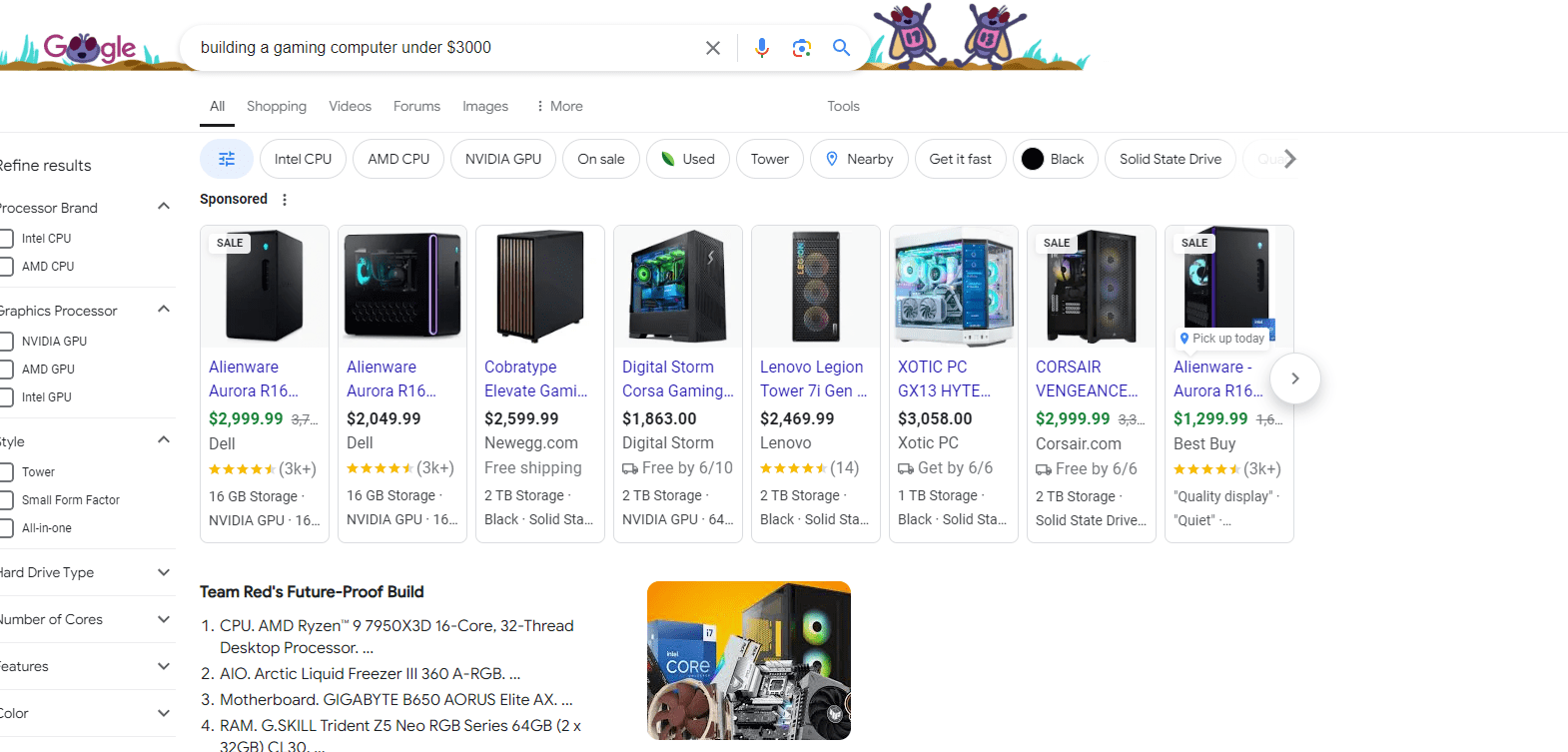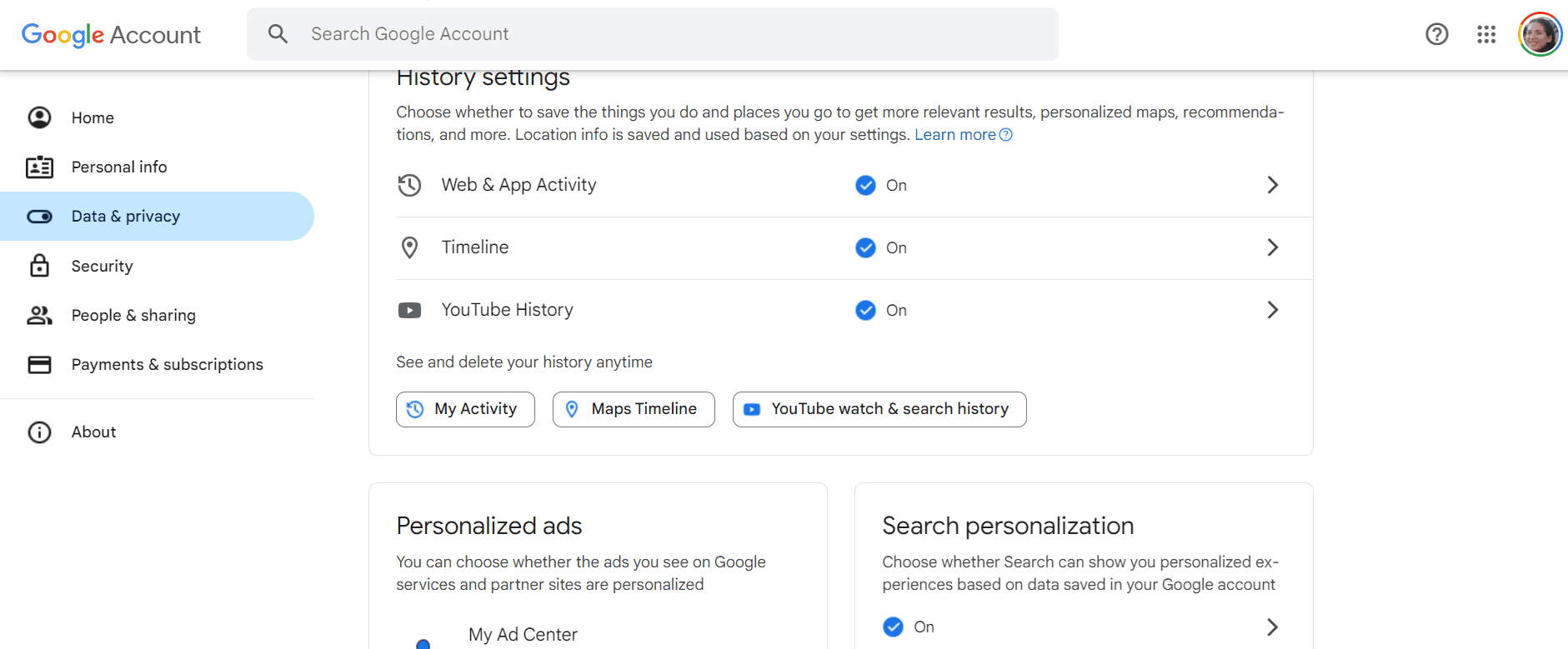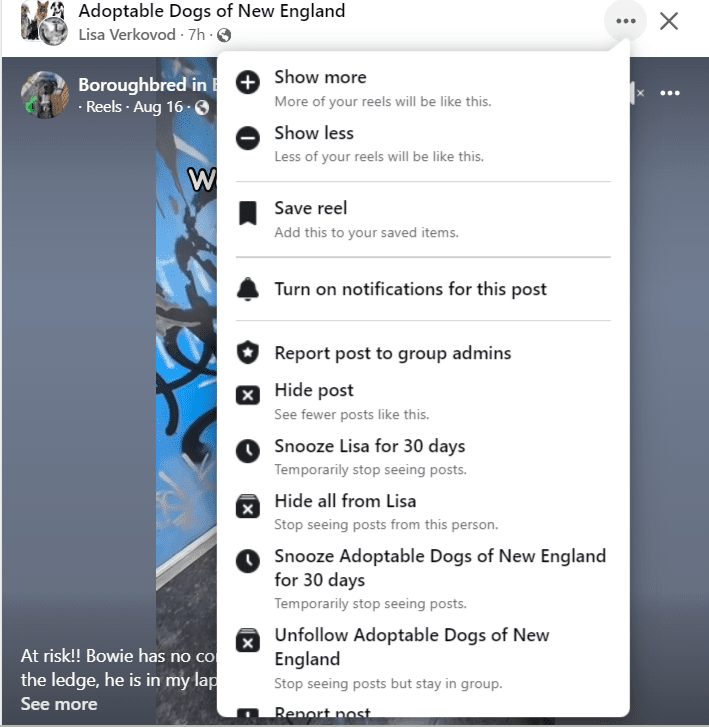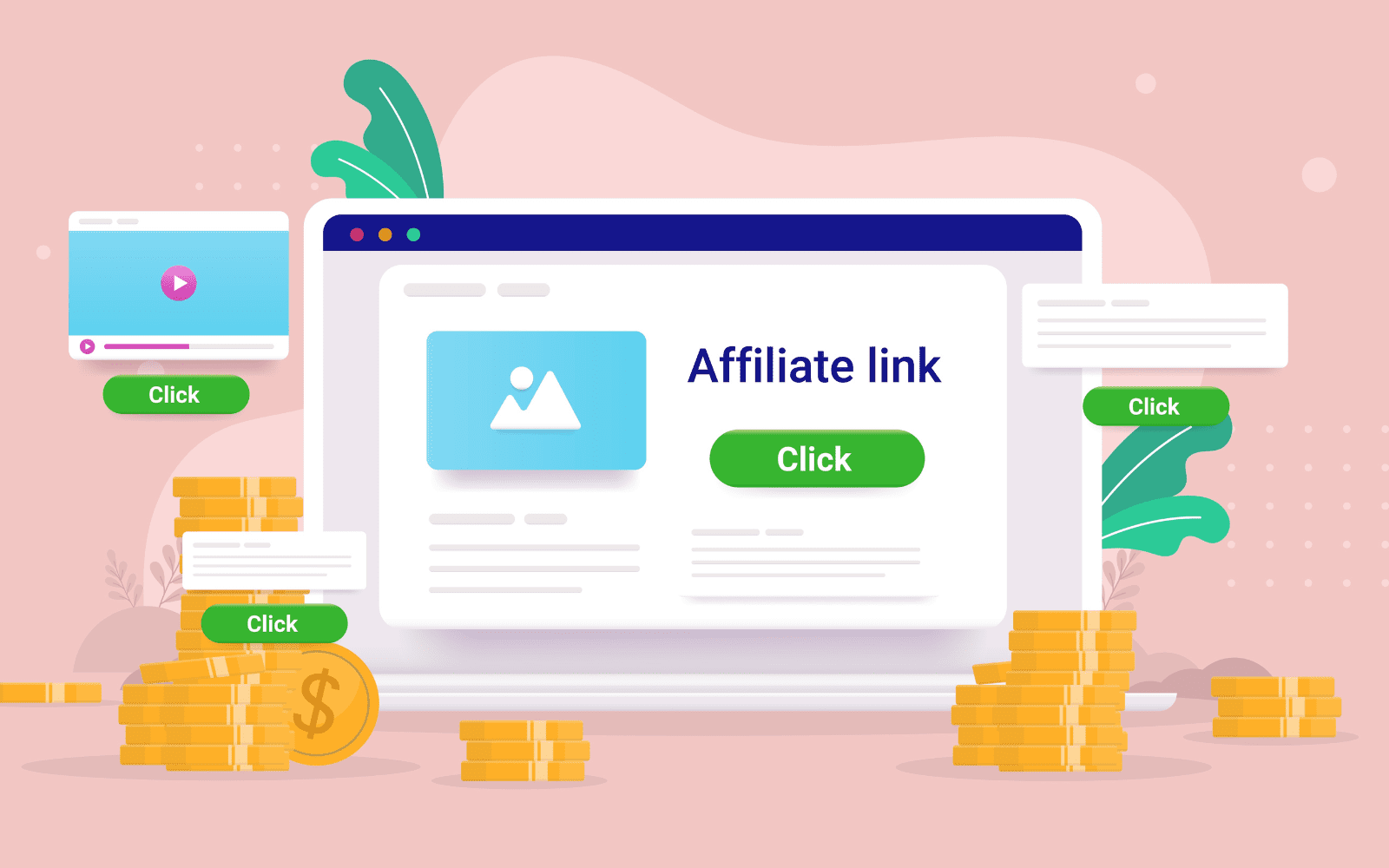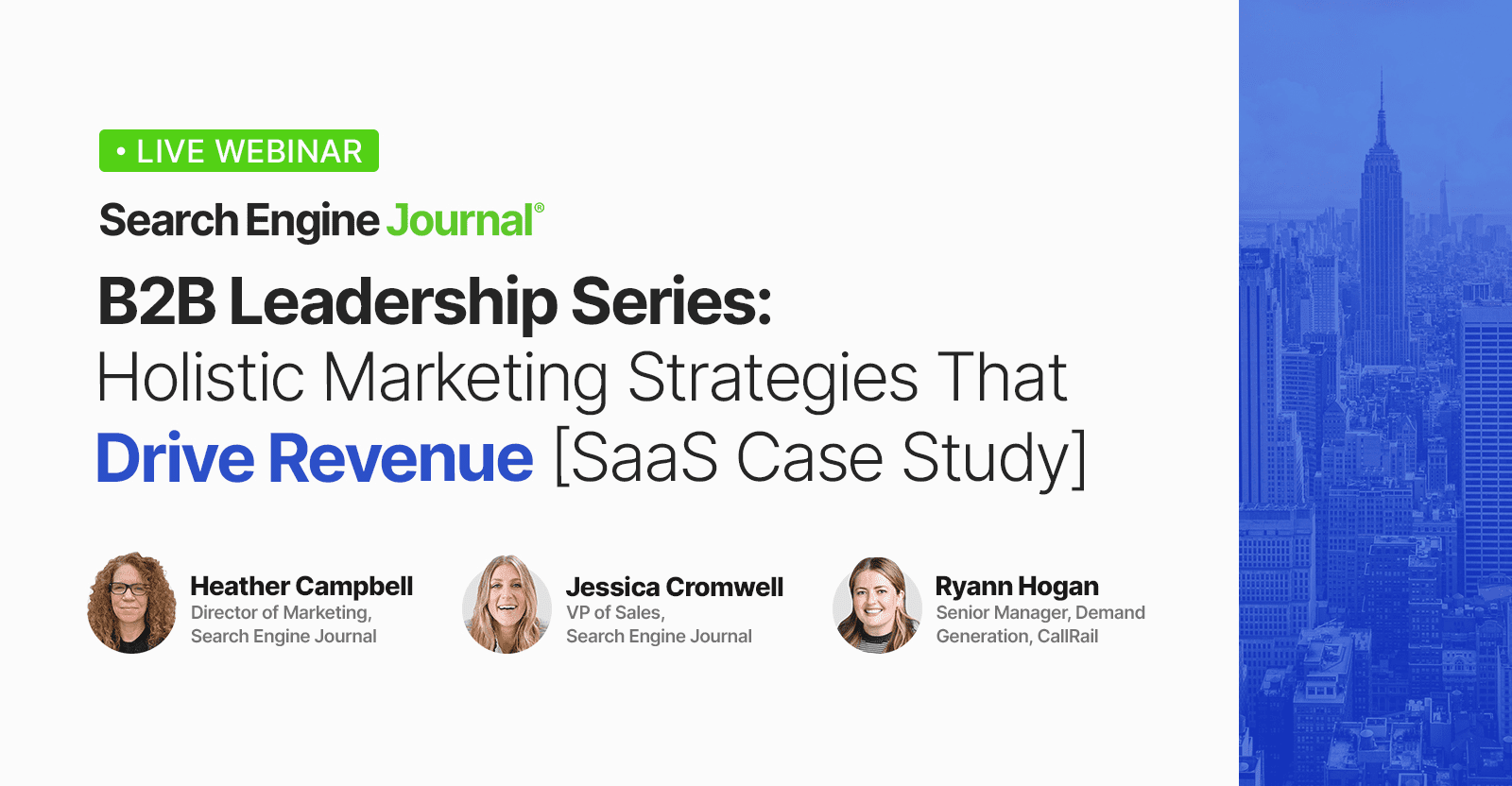Insights From IAB’s Cross-Channel Measurement For Marketers Release via @sejournal, @gregjarboe

In the digital era, consumers interact with brands through a range of platforms and devices — such as social media, display ads, and video on mobile, desktop, tablet, and connected TV (CTV).
This diversity in touchpoints creates both opportunities and complexities for marketers. To navigate this landscape effectively, a robust measurement strategy is essential.
This morning, IAB released two new guides: “Implementing Cross-Channel Measurement for Marketers Playbook” and “Cross-Channel Measurement Best Practices for Marketers.”
The resources from IAB offer marketers detailed strategies for enhancing cross-channel measurement to achieve better business results.
From these guides, let me share some of the strategic insights and tactical advice that they offer marketers.
Implementing Cross-Channel Measurement For Marketers Playbook
The IAB’s “Implementing Cross-Channel Measurement for Marketers Playbook” provides a step-by-step approach to implementing cross-channel measurement for successful outcomes.
This guide lays out a comprehensive approach to building a unified measurement strategy, from setting goals and key performance indicators (KPIs) to using advanced attribution and ensuring privacy compliance.
It stresses the importance of regular audits and team collaboration, enabling marketers to keep up with industry trends and improve measurement tactics continually.
By following these steps, marketers can address common challenges, gain a comprehensive understanding of their marketing activities, and improve business results.
An effective cross-channel measurement strategy unifies campaign insights, allowing marketers to see how different channels contribute to success.
Integrating data from various sources offers a holistic view of consumer behavior, enables media budget optimization, and enhances customer experiences.
However, setting up a successful cross-channel measurement approach requires careful planning, diverse tool integration, and a commitment to continuous improvement.
By sidestepping common mistakes and following best practices, marketers can maximize media efficiency, elevate customer experiences, and improve business outcomes.
Focusing on continuous improvement through regular audits, active stakeholder involvement, and adapting to industry trends is essential for sustained success in an ever-changing digital environment.
Key points from the playbook include:
- Setting Clear Objectives and KPIs: Defining SMART (specific, measurable, attainable, relevant, and time-bound) goals and KPIs is fundamental for alignment and clarity in measurement strategies. It’s also critical that these metrics align with strategic decisions – whether targeting audiences, gathering consumer insights, crafting messaging, or designing campaign approaches.
- Developing a Unified Data Strategy: Achieving a holistic view of customer interactions across channels depends on making data interoperable and ensuring its quality. ETL (extract, transform, and load) processes allow integration from multiple sources. Beyond bringing data together, accessibility and seamless connectivity are essential for deep insights and well-informed decision-making.
- Implementing Advanced Analytics and Attribution Models: Selecting suitable attribution models, employing predictive analytics, and using machine learning help marketers accurately assess the impact of each channel and refine their strategies.
- Ensuring Privacy Compliance and Data Integrity: Adherence to privacy laws like GDPR and CCPA, implementing consent management systems, and maintaining data accuracy are key to protecting user privacy and ensuring data reliability.
- Fostering Continuous Improvement and Collaboration: Regular data audits, setting performance benchmarks, engaging stakeholders, promoting team collaboration, and adapting to industry trends are vital for the ongoing refinement and effectiveness of cross-channel measurement strategies.
Cross-Channel Measurement Best Practices for Marketers
This resource explores the challenges of today’s complex digital advertising environment, offering practical advice on data integration, attribution, advanced analytics, privacy compliance, and ongoing optimization.
Digital advertising is increasingly complex as consumers engage with brands across a variety of channels and devices.
These touchpoints include direct media buys, social media, and programmatic campaigns across desktop, mobile web, mobile apps, and connected TVs, among others. This calls for a comprehensive measurement approach to achieve a unified view of marketing performance across all channels.
Cross-channel measurement is not only a technical necessity but also a strategic priority.
Marketers who excel at it harvest insights into their campaigns’ overall impact, optimize media spending, and enhance customer experiences.
A unified view of consumer interactions allows for data-driven decision-making, leading to higher ROI, better conversion rates, and stronger brand loyalty.
However, achieving this unified perspective presents challenges. Data silos, complex attribution, technological limitations, and privacy regulations can all impede effective measurement.
This guide offers marketers practical insights and best practices to overcome these obstacles, laying the groundwork for a successful cross-channel measurement strategy in today’s dynamic digital environment.
Why Cross-Channel Measurement Matters For Brand Advertisers And Agencies
Cross-channel measurement is essential for brand advertisers and agencies for several reasons:
- Comprehensive Understanding of the Consumer Journey: It reveals how different touchpoints drive advertising success, enabling marketers to see the entire customer journey and understand how each interaction affects conversions.
- Effective Budget Allocation: By identifying the most impactful channels, advertisers can allocate budgets more effectively, ensuring investments are directed toward channels with the highest ROI.
- Refined Creative Strategies: Cross-channel insights allow marketers to improve creative strategies and messaging. By assessing content performance across platforms, they can tailor messaging to resonate better with target audiences.
- Quantifying Marketing Impact: Overcoming data silos and using advanced attribution models helps advertisers quantify the true impact of their efforts, providing clear ROI evidence and justifying media spending.
- Privacy Compliance and Trust: In a privacy-focused world, adhering to data regulations through rigorous practices builds consumer trust and protects brand reputation.
- Informed Decision-Making: Effective cross-channel measurement empowers advertisers to make data-driven decisions, leading to more successful strategies, stronger brand loyalty, and better business results.
Why Cross-Channel Measurement Matters For Publishers And Platforms
For publishers and platforms, cross-channel measurement is crucial for these reasons:
- Showcasing Value to Advertisers: It provides detailed performance data to show how your channels contribute to campaign success, making inventory more appealing and building trust-based relationships with buyers.
- Boosting Revenue Growth: By highlighting the effectiveness of your media inventory through cross-channel insights, you can drive revenue growth, as advertisers are likely to invest in high-performing channels.
- Optimizing Content and Ad Delivery: Insights into cross-channel interactions allow for refined content and ad strategies, enhancing user engagement and maximizing ad effectiveness to better meet market demands.
- Identifying High-Performing Content: With accurate attribution and analytics, publishers can identify top-performing content formats, enabling them to adjust and optimize offerings in line with audience preferences and market trends.
- Ensuring Privacy Compliance: Strong privacy practices protect user data – maintaining platform reputation – and ensure adherence to regulatory requirements.
- Staying Competitive: In a data-driven market, effective cross-channel measurement enables publishers to remain competitive, fostering innovation and continuous improvement to deliver exceptional value to advertisers and audiences.
These are some of the strategic insights and tactical advice that I gleaned during my first dive into the guides.
Marketers will want to dive even deeper themselves. To do that, both of IAB’s new resources can be found here.
More resources:
Featured Image: Visual Generation/Shutterstock








